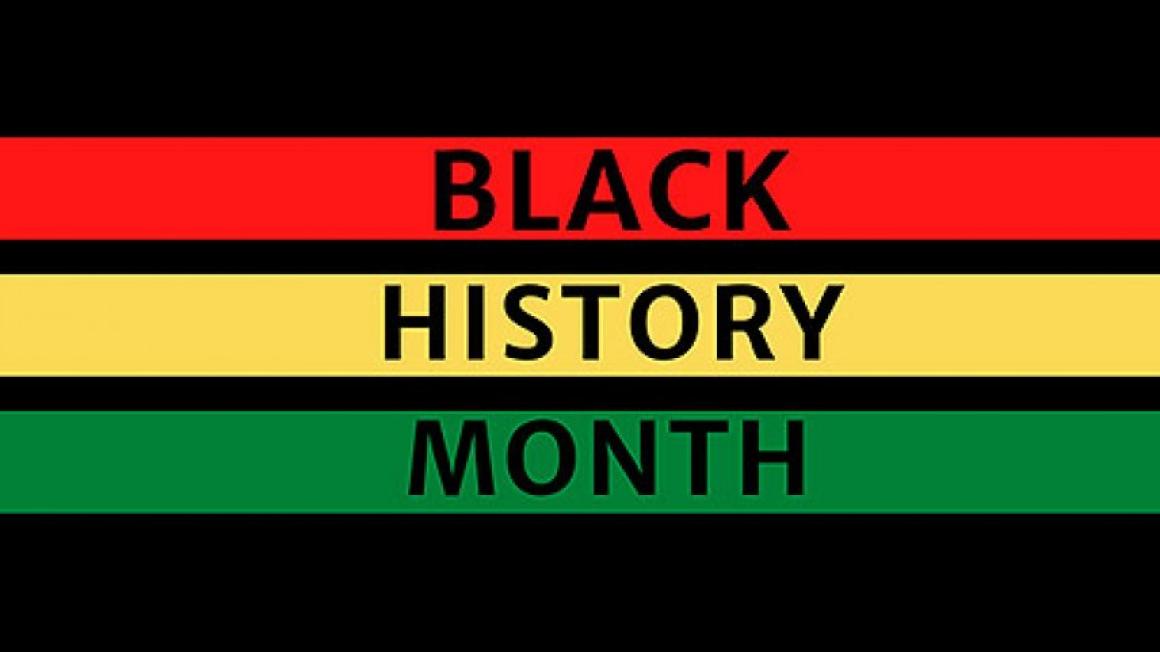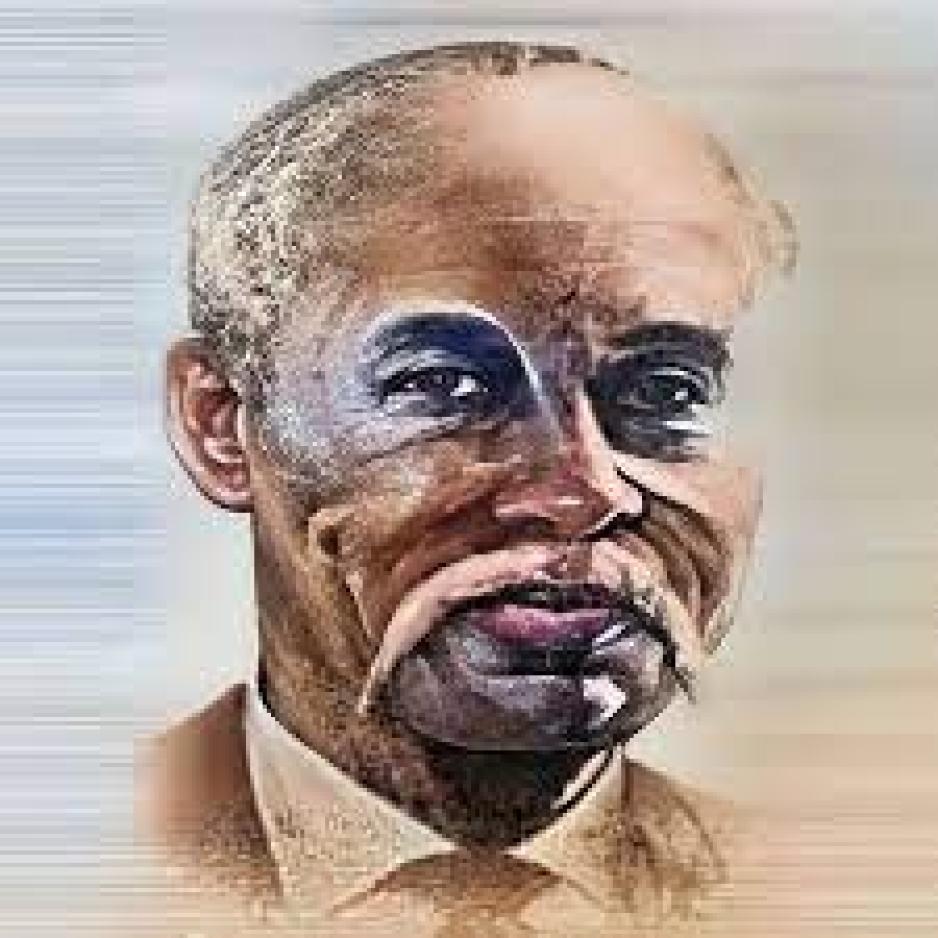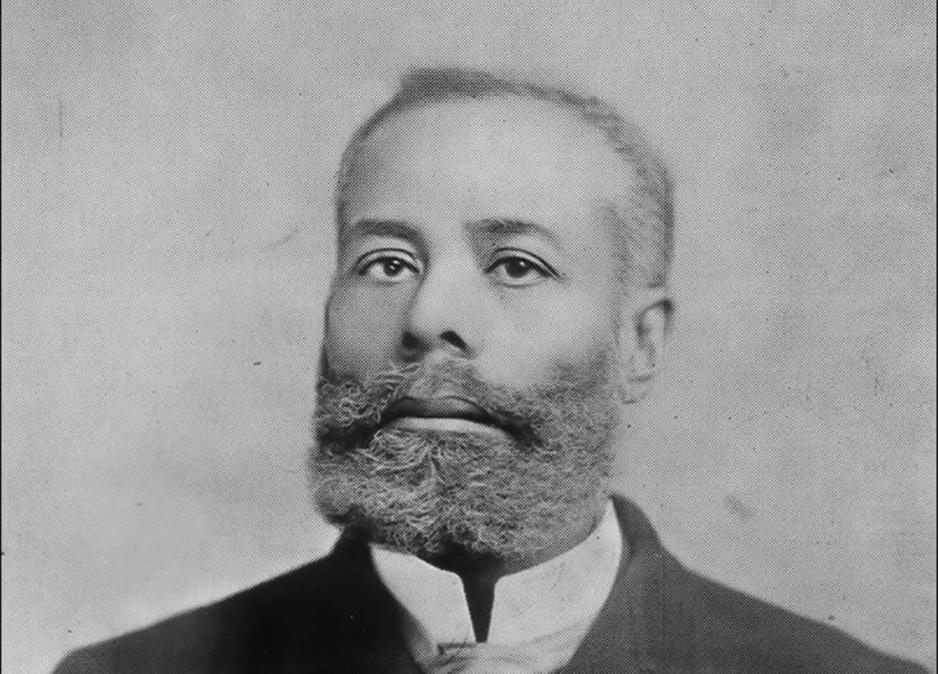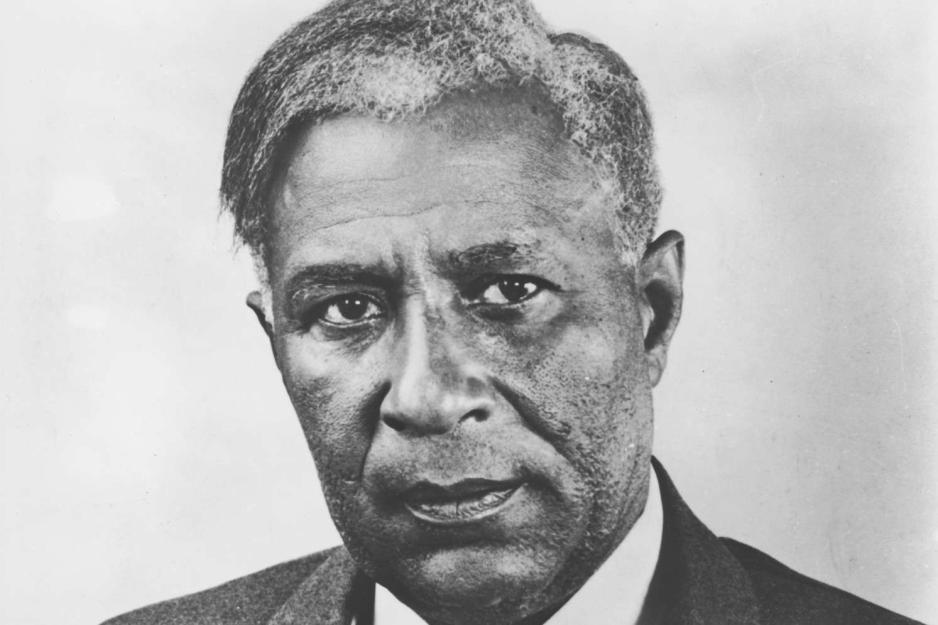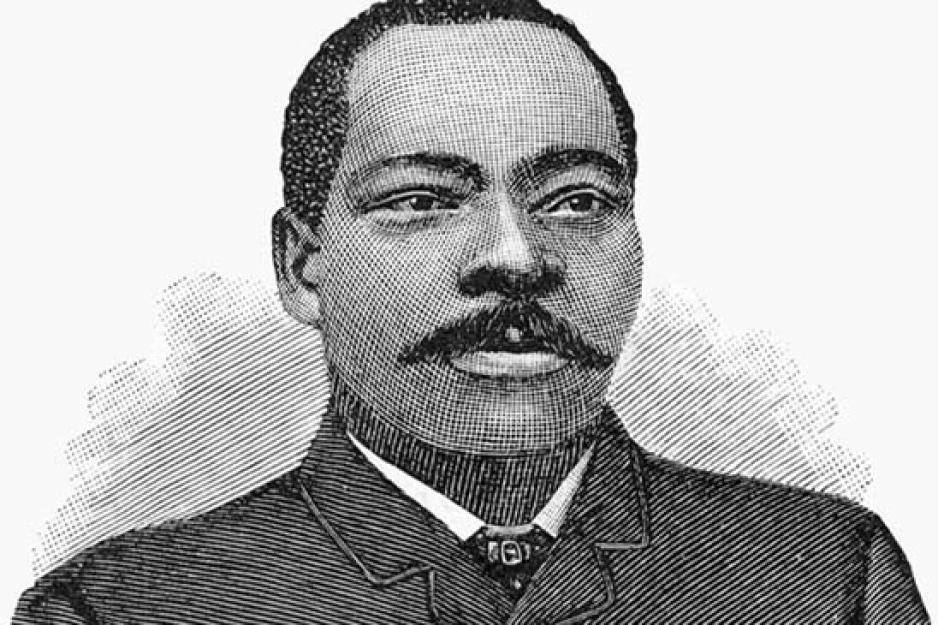In honor of Black History Month, VTA is highlighting African Americans who helped to improve transportation systems through their creative ingenuity.
Andrew Jackson Beard
Andrew Beard was a former slave, a farmer, carpenter, blacksmith, railroad worker, businessman and inventor. While working at a rail yard in Alabama, he became familiar with one of the most dangerous occupational tasks in the world at that time, joining railroad cars together. A railroad worker would stand between the two railroad cars to guide the linking pieces into place and insert a metal pin that held the pieces together. Often, the heavy cars would crush the middleman before he could drop the pin into place. On November 23, 1897, Beard eliminated the need for a worker to stand dangerously between the two train cars by designing an improvement to the railroad car couplers. Thanks to Beard’s design, the coupling could be now performed by two horizontal jaws, which automatically locked together upon joining when they bumped together. Beard's improved and safer to use invention was the first automatic coupler widely used in the United States and easily saved many lives and limbs.
Elijah McCoy
Elijah McCoy invented the automatic lubricated mechanism that oiled the steam engines of trains. His invention was a valve mechanism that could supply oil drop by drop to the moving parts of machinery. His invention was of such high quality, that buyers during that time sought his mechanism over all others, dubbing him “The Real McCoy.” When it was discovered that McCoy was Black, many refused to buy his devised lubricant mechanism, but his innovative creation was undeniable and from 1872 to 1915 most locomotives in the United States and in many foreign lands used McCoy’s invention.
Garrett Morgan
Garret Morgan was a versatile inventor who, in 1923, witnessed a gruesome accident between a horse-drawn carriage and an automobile. Feeling something had to be done, Morgan devised a signpost that would regulate traffic coming from all four directions of an intersection. By creating a rectangular block stop and rotating arm he invented the traffic signal. When the blocks were at half-mast this alerted everyone approaching the intersection to proceed with caution. Morgan also proposed having the sign electrically lit so they should be visible at night as well as during the day.
Granville T. Woods
In 1887, Granville T. Wood’s invented a Telegraph Induction Relay System that saved lives and prevented the almost routine train wrecks that would occur in those days. His multiplex telegraph allowed messages to be sent to and from moving trains thus enabling train conductors and engineers to report hazards on tracks ahead, but more importantly to avoid collisions. Woods also solved the electrical problem of controlling the speed at which mechanical parts moved by the amount of electrical current.
Granville T. Woods whose ideas and inventions did much to change and modernize transportation made it possible to go from inefficient, costly steam engine-driven trains to cleaner, cheaper, and more effective trains run by electricity. In 1888, Woods set up an overhead conducting system for the electric railway. In this system, a pole from a train or trolley would draw the electricity needed to run the locomotive's motor from a power line running overhead. This would later become a very familiar sight in many large cities across the nation.
Granville was called to New York in the 1890s to begin work on the first subway. The work was completed in 1904 and his design of an electrical third rail (subway) and air brake system revolutionized the technology of rail transportation.
These are just a few of the brilliant and innovative Black pioneers who opened a passageway of progress to the twentieth century in transportation.
During World War II, the Board of Transportation began hiring a large number of provisional employees. Black women were employed to drive buses and trolleys. Some worked as ticket agents, and their efforts kept the transit system operation running smoothly.
We also pay tribute to those who operated routinely at their work sites as porters, token booth clerks, conductors, carpenters, mechanics, and bus and train operators. The African American presence and contributions to transportation extend throughout the history of the transportation industry.
